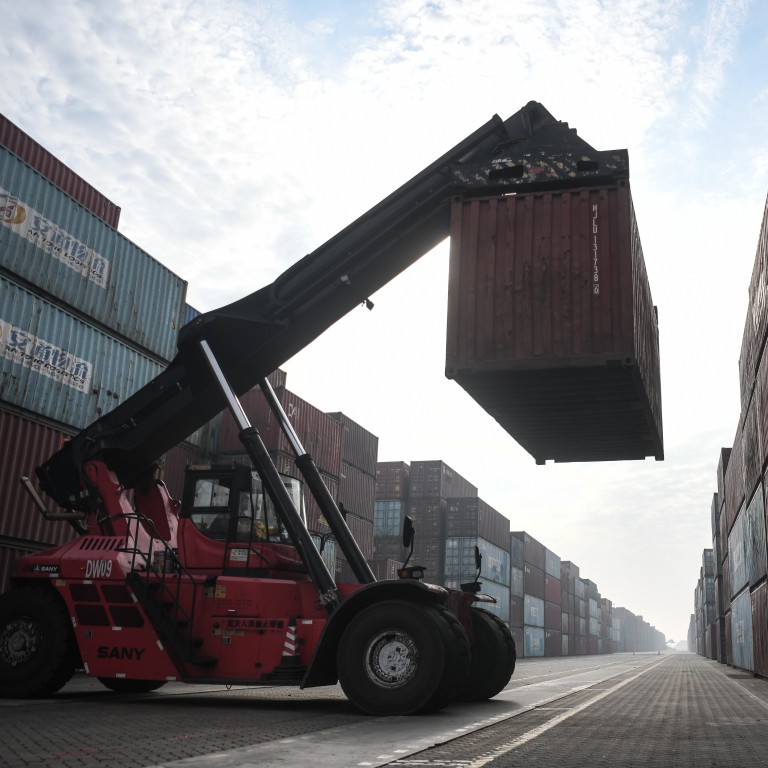
China shows renewed interest in joining trade pact Trump left in 2017
- Commerce ministry publishes Chinese translation of Comprehensive Progressive Trans-Pacific Partnership Agreement
- ‘It is now very clear that Beijing is seriously considering joining,’ academic says
Since President Xi Jinping said last year that China was considering joining the pact, formerly backed by the United States, there have been questions whether it would be able to meet its terms of entry regarding state-owned enterprises, labour rights and e-commerce. But Beijing appears to be preparing nonetheless.
On Monday, the commerce ministry published a translation of the 30-chapter CPTPP document, which was signed by 11 countries in March 2018, along with the terms and conditions of becoming a member on its website. The pact’s official languages are English, French and Spanish.
Donald Trump pulled the US out of the pact but it remains to be seen if president-elect Joe Biden will reverse that course.
China probably won’t join trade deal that has replaced TPP, says former US negotiator
Yu Miaojie, deputy dean of the National School of Development at Peking University, said having the text translated was the first of many steps in becoming a member of the CPTPP.
“This move is for scholars, government officials and enterprises to have something to reference and have more understanding of the government’s direction,” he said.
“It is now very clear that Beijing is seriously considering joining.”
But it could still take years for China to meet the entry requirements, he said.
The CPTPP is a multilateral pact that is concerned with a wide range of issues, from digital trade and e-commerce to the environment and labour rights.

It was subsequently tweaked and signed by 11 nations: Australia, Brunei, Canada, Chile, Japan, Malaysia, Mexico, New Zealand, Peru, Singapore and Vietnam.
Excluded from the TPP, Beijing pursued a separate deal – the Regional Comprehensive Economic Partnership (RCEP) – which includes 14 other Asia-Pacific economies but not the United States. The RCEP was signed in November after eight years of negotiations, becoming the world’s largest trade network.
China strikes triumphal note over economic recovery as it looks to cut reliance on US technology
Wang Huiyao, the founder of the Beijing think tank Centre for China and Globalisation, said in a column in Chinese tabloid Global Times that Beijing should speed up the process of joining the CPTPP to give it a new trade negotiation platform with the US, assuming Biden takes the US back in.
Wang had earlier likened membership of the CPTPP to China joining the World Trade Organization (WTO) in 2001.
“China and the US can have dialogues over the CPTPP and reform of the WTO, to jointly improve multilateral trade rules,” he said.
“Biden could reconsider joining the CPTPP when he takes office, China should begin the discussion on joining as soon as possible.”
When China joined the WTO in 2001, rather than committing to its Government Procurement Agreement (GPA) it undertook only to “initiate negotiations for membership in the GPA … as soon as possible”. That commitment was incorporated into China’s accession protocol.
But Beijing only officially began discussing joining the GPA, which aims to make government procurement more transparent, in 2007 and the matter remains under discussion.
The reform of China’s state-owned firms – something much called for in the West – is also part of the accession process for the CPTPP, including allowing private firms to buy minority stakes in them.

